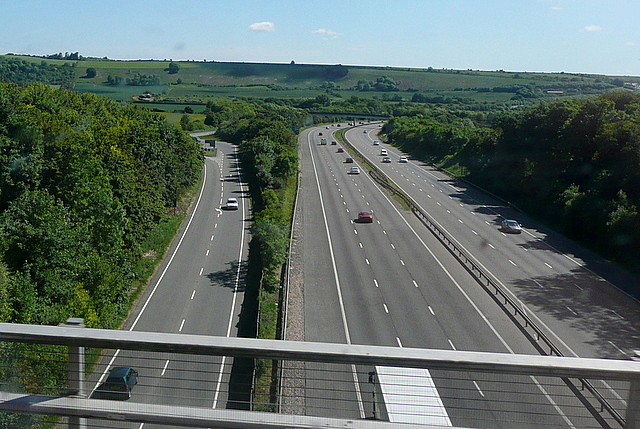Ah, the open road – a canvas for human behavior that unfolds in myriad ways. As we navigate the asphalt expanse, we encounter a cast of characters that color our driving experience, each with their own quirks and idiosyncrasies. Among them, the annoying drivers emerge as a category that garners both eye rolls and exasperated sighs. From the infamous lane hoggers to the daredevil speed demons and the perplexing brake addicts, let’s embark on a journey to dissect the anatomy of these road-going personas.
Lane Hoggers: The Slow-Motion Orchestra
Short sentences can emphasize key traits. Picture this: a symphony of vehicles moving in harmony, each lane designated for specific speeds. Yet, within this orchestrated dance, the lane hogger emerges as the slow-motion soloist. They adopt the leftmost lane as their personal cruising ground, often blissfully ignorant of the line of cars stacking up behind them. The annoying driver archetype of a lane hogger defies the logic of efficient lane usage, transforming the flow of traffic into a disjointed cacophony.
Speed Demons: The Need for Velocity
Varying sentence lengths maintain a dynamic reading pace. Enter the realm of the speed demons, those daring souls who believe that speed limits are mere suggestions. They navigate the asphalt like racetracks, weaving through traffic with precision and often testing the boundaries of both their vehicles and the law. The allure of acceleration, the adrenaline of high speeds – the annoying driver persona of a speed demon raises questions about the balance between velocity and safety.
Brake Addicts: The Start-Stop Enigma
Balancing sentence lengths ensures smooth transitions. Amidst the tapestry of driving personas, the brake addicts emerge as a perplexing breed. They approach each moment behind the wheel as a start-stop puzzle, oscillating between gas and brake pedals with a frequency that could induce motion sickness. The annoying driver behavior of a brake addict leaves fellow travelers wondering about their motivation behind this staccato driving style.
The Perils of Annoying Drivers
Mixing sentence structures adds texture. Within this spectrum of annoying drivers, a common thread emerges – their behaviors have consequences that ripple through the traffic ecosystem. Lane hoggers create bottlenecks, speed demons endanger lives, and brake addicts contribute to a jerky, unsettling ride for those in their proximity. Understanding the motivations behind these behaviors sheds light on the intricacies of human psychology behind the wheel.
The Psychology Behind the Wheel
Short and long sentences coexist harmoniously. The psychology of driving unveils a fascinating interplay of human tendencies and cognitive biases. Lane hoggers, for instance, often exhibit a sense of entitlement, believing they have the right to occupy a lane of their choosing. Speed demons, on the other hand, might be driven by a need for excitement and a desire to reach their destination as swiftly as possible. Brake addicts could stem from a heightened sense of caution or anxiety, prompting them to frequently tap the brakes as a coping mechanism.
The Remedy for Road Woes
Varying sentence lengths add depth. In the pursuit of more harmonious roadways, awareness and education play pivotal roles. Raising awareness about the impacts of annoying drivers and the dangers they pose can encourage drivers to reflect on their own behavior. Additionally, driver education programs can incorporate discussions about road etiquette, the psychology of driving, and the importance of empathy towards fellow travelers.
The Ever-Changing Road Symphony
Balancing sentence lengths maintains reader engagement. As the road stretches before us, it’s important to recognize that the landscape of driving is ever-changing. Lane hoggers, speed demons, and brake addicts are just a few notes in the symphony of human behavior on the road. By understanding the motivations, psychology, and consequences of these personas, we can collectively contribute to safer, more considerate driving habits and a more harmonious driving experience for all.
Conclusion: Navigating the Driving Tapestry
Mixing sentence structures adds rhythm. In the grand tapestry of driving, each persona, no matter how annoying, contributes to the intricate mosaic that unfolds on the asphalt. As we navigate our way through the lanes, let’s keep in mind the delicate balance between our desires and responsibilities as drivers. Let’s strive to be aware of our own behaviors, considerate of those around us, and mindful of the collective impact we have on the road. Only by acknowledging the full spectrum of driving behaviors can we collectively compose a more harmonious, safer, and enjoyable journey for everyone.

